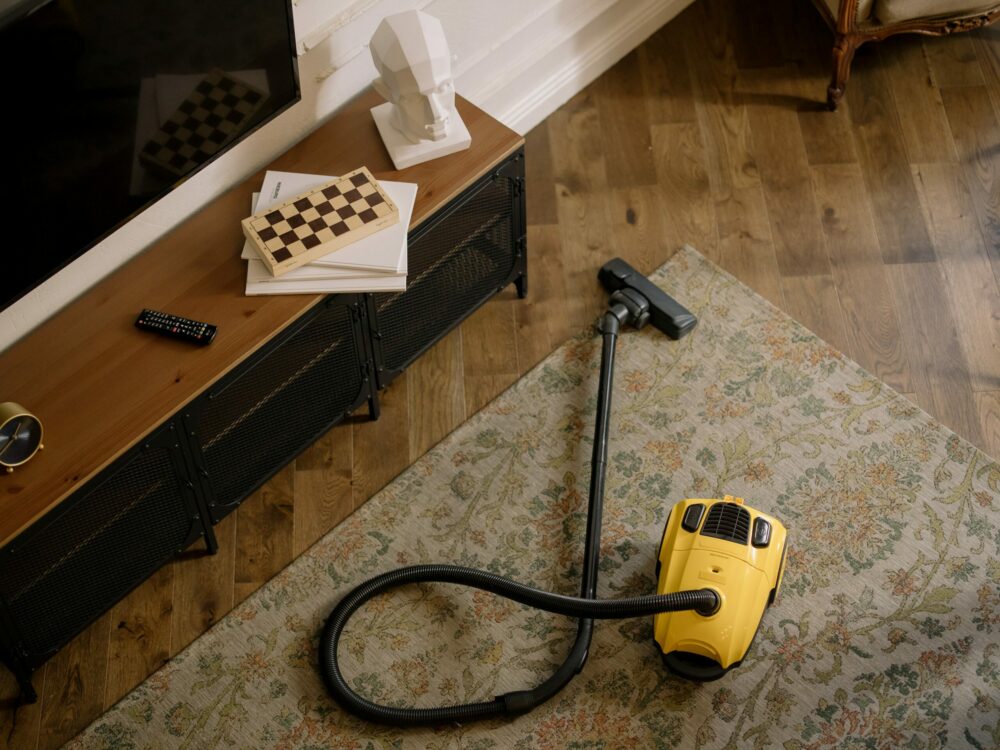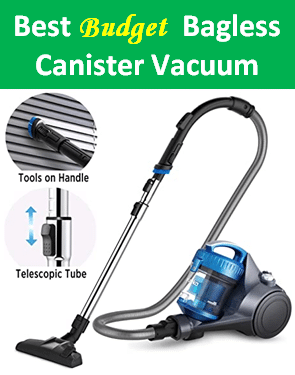Suction power is one of the most important factors when choosing a vacuum cleaner. After all, what’s the point of buying a vacuum if it can’t do its job properly? But how do you know how much suction power you need? And how to measure the suction power of a vacuum cleaner? Keep reading to find out.

What is Suction Power?
Suction power is the amount of air a vacuum cleaner can move in a given time. It’s usually measured in cubic feet per minute (CFM). The higher the CFM, the more powerful the vacuum.
Why is Suction Power Important?
Suction power is important because it determines how well your vacuum can clean. A vacuum with more suction power will be able to pick up more dirt, dust, and debris than a vacuum with less suction power.
How Do I Measure Suction Power?
There are several ways to measure a vacuum cleaner’s suction power. The first way is to look at the CFM rating. This is the measurement that we mentioned earlier, and it’s usually listed in the product specifications.
The suction power can be measured with a tube, hose, and filter without a nozzle. It is the most accurate way to measure the suction power. It can be checked by placing your hand over the end of the hose. If you feel strong suction, then it means that the vacuum cleaner is working properly.
With Anemometer
Another way to measure suction power is by using an anemometer. This is a tool that measures air movement. To use an anemometer, you’ll need to hold it in front of the exhaust port on your vacuum while it’s running. The anemometer will give you a reading in CFM.

With a Piece of Paper
You can also try this simple test at home. First, find a piece of paper about 8.5″ x 11″. Hold one end of the paper against the floor and try to move it with your vacuum. If the paper moves easily, then your vacuum has good suction power. If it doesn’t move or it takes a lot of effort to move, then your vacuum doesn’t have very good suction power.
Here is how to:
Take a plain sheet of 8.5″ x 11″ paper
- Fold the paper in half lengthwise
- Unfold the paper and fold it in half widthwise
- Unfold the paper and refold it so that all 4 corners meet in the center
- Place the folded paper on the floor with one corner pointing toward the vacuum
- Turn on the vacuum and hold the end of the hose about 2″ from the paper
- If the paper is pulled into the vacuum, then it has good suction power
- If the paper does not move or only moves a little, then the vacuum has poor suction power
How Much Suction Power Do I Need?
The amount of suction power you need will depend on what you’re using the vacuum for. If you’re just looking to do some light cleaning, then a vacuum with around 100 CFM will be sufficient. You’ll want a vacuum with at least 200 CFM for heavier cleaning. And for commercial use, you’ll need a vacuum with 300 CFM or more.
Other ways to Measure:
One way to measure the vacuum cleaner’s suction power is by using an inch of water. The amount of water the vacuum cleaner can lift in one minute will give you an idea about its suction power. Another way to measure the suction power of vacuum cleaners is by using a vacuum gauge. A vacuum gauge can be attached to the vacuum cleaner, and the readings will give you an idea about its suction power.
Vacuums with Indicator:
You can also check the vacuum cleaner manual to see if there is any information on measuring its suction power. Some vacuum cleaners come with a suction power indicator that can be used to measure the suction power. You can contact the manufacturer or retailer if you have questions about measuring your vacuum cleaner’s suction power.
Things to Remember:
1. Before you begin, it is important to clearly understand what suction power is and how it is measured. Suction power is the force a vacuum clehttps://www.youtube.com/watch?v=iX0ohBaQAaoaner can generate to lift dirt, dust, and other debris from surfaces. It is typically measured in terms of air watts (AW), the number of watts of power required to move a given volume of air.
2. The first step in measuring the suction power of a vacuum cleaner is to determine the size of the room you will be cleaning. The larger the room, the more powerful the vacuum cleaner must be to clean it effectively.
3. Once you have determined the size of the room, you will need to select a vacuum cleaner that is powerful enough to clean it. There are various ways to do this, but one method is to look for a vacuum cleaner with an airflow rating higher than the room size in square feet. For example, if you plan on cleaning a 200-square-foot room, you would need a vacuum cleaner with an airflow rating of at least 200 CFM (cubic feet per minute).
4. Another way to select a vacuum cleaner with sufficient suction power is to look for one with a motor with at least 2 horsepower (HP). This will ensure the vacuum cleaner has enough power to generate the necessary suction.
5. Once you have selected a vacuum cleaner, it is time to test its suction power. One way to do this is to place your hand over the end of the hose and turn on the vacuum cleaner. If your hand is pulled towards the hose, then this indicates that the vacuum cleaner has sufficient suction power.
6. Another way to test the suction power of a vacuum cleaner is to place an object, such as a piece of paper or a small toy, on the floor and turn on the vacuum cleaner. If the object is sucked up off of the floor and into the hose, then this indicates that the vacuum cleaner has sufficient suction power.
7. If you are not satisfied with the suction power of your vacuum cleaner, there are a few things you can do to increase it. One option is to purchase an attachment such as a brush roll or beater bar, which will help to agitate dirt and debris and make it easier for the vacuum cleaner to pick up. Additionally, you can try using a different bag or filter, which can affect suction power.
8. By following these steps, you can be sure that you are selecting a vacuum cleaner with enough suction power to clean your home effectively.
Conclusion:
Pay attention to the suction power when shopping for a new vacuum cleaner. This will determine how well your vacuum cleans and how much dirt, dust, and debris it can pick up. You can measure suction power by looking at the CFM rating or using an anemometer. You can also try this simple test at home with a piece of paper.

